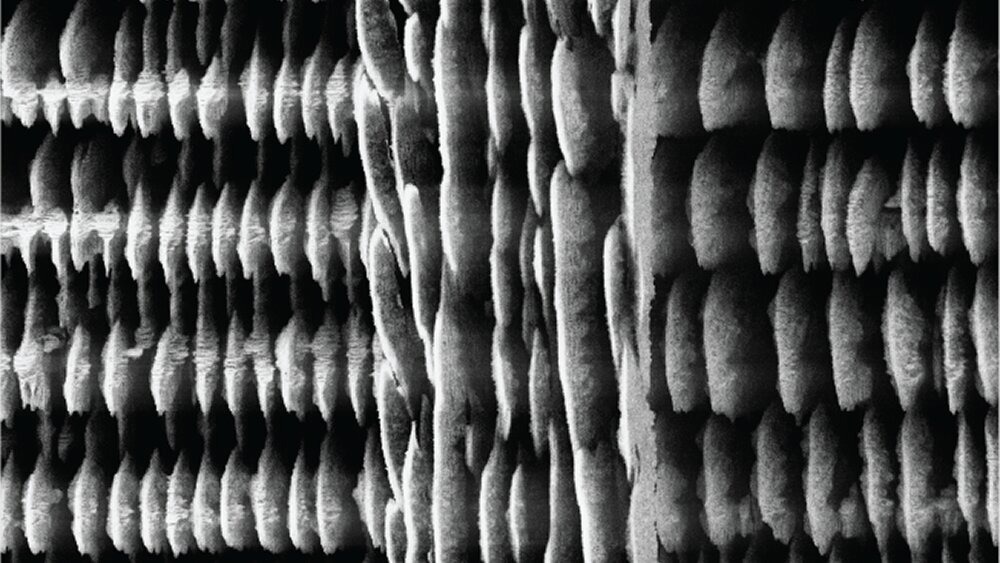Reviewed by Lexie CornerOct 15 2024
Researchers from KTH Royal Institute of Technology have developed a 3D printing technique to create glass micro-supercapacitors (MSCs), which could make portable devices more energy-efficient and compact. The new method, detailed in ACS Nano, addresses key challenges in MSC fabrication by improving the nanoscale structure of the capacitors.
 A close-up of 3D-printed Si-rich glass micro-supercapacitors (MSCs) on silicon substrates. Magnified by 4720 times. Image Credit: Po Han Huang/KTH Royal Institute of Technology
A close-up of 3D-printed Si-rich glass micro-supercapacitors (MSCs) on silicon substrates. Magnified by 4720 times. Image Credit: Po Han Huang/KTH Royal Institute of Technology
The precise nanoscale structure of energy-storing capacitors is crucial for making portable devices more energy-efficient and compact. Swedish researchers believe they have tackled this challenge with a novel 3D printing technique.
Frank Niklaus, a professor of micro- and nanosystems at KTH, suggests that this breakthrough could lead to more portable, energy-efficient devices, including wearable technology, self-sustaining sensors, and other Internet of Things applications.
The performance of micro-supercapacitors largely depends on their electrodes, which conduct and store electrical energy. To enable fast ion transport, these electrodes need nanoscale channels and a larger surface area. According to Po-Han Huang, the study’s lead author at KTH, their new method addresses both challenges using 3D printing technology with ultrashort laser pulses.
The researchers found that when hydrogen silsesquioxane (HSQ), a glass-like precursor material, is exposed to ultrashort laser pulses, two reactions occur simultaneously. In the first, self-organized nanoplates are formed, and in the second, the precursor is converted into silicon-rich glass, which serves as the foundation for 3D printing. This allows them to create electrodes with numerous open channels, enhancing surface area and speeding up ion transport.
The team demonstrated their method by 3D-printing micro-supercapacitors that performed effectively even during rapid charge and discharge cycles.
Our findings represent a significant leap forward in microfabrication, with broad implications for the development of high-performance energy storage devices. Beyond MSCs, our approach has exciting potential applications in fields such as optical communication, nanoelectromechanical sensors, and 5D optical data storage.
Po-Han Huang, Study Lead Author and Researcher, KTH Royal Institute of Technology
The implications for current technologies are notable. Non-micro supercapacitors are already used to optimize energy capture in renewable energy sources, stabilize power supplies in consumer electronics, and collect energy produced during braking.
Micro-supercapacitors have the potential to make these applications more compact and efficient.
Frank Niklaus, Professor, Micro- and Nanosystems, KTH Royal Institute of Technology
Journal Reference:
Huang, P.-O. et. al. (2024) 3D Printing of Hierarchical Structures Made of Inorganic Silicon-Rich Glass Featuring Self-Forming Nanogratings. ACS Nano. doi.org/10.1021/acsnano.4c09339